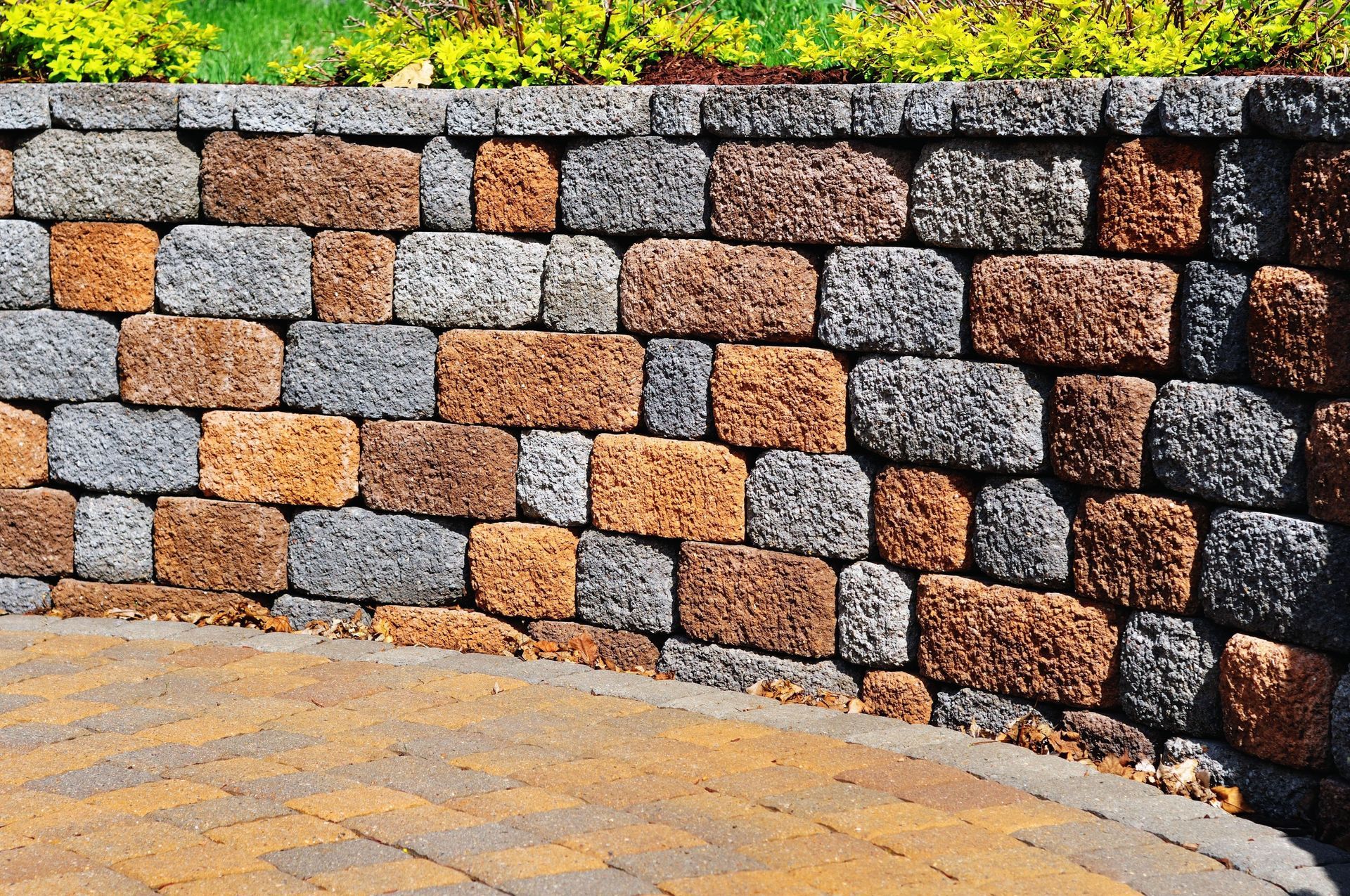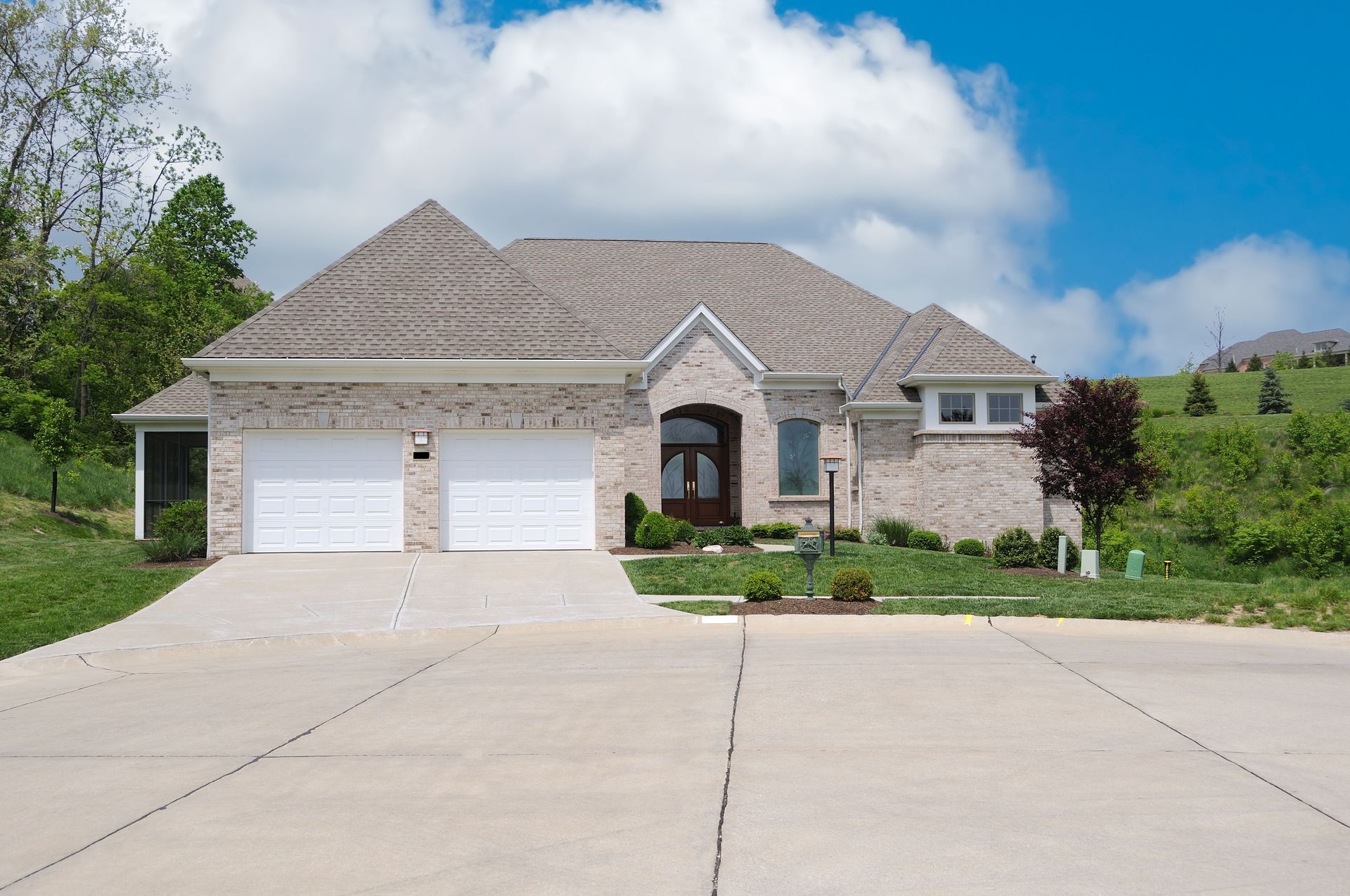September 26, 2025
Retaining walls are essential structures in landscaping, primarily designed to hold soil in place and prevent erosion. However, these walls can often appear stark and out of place if not integrated thoughtfully into the landscape design. This article explores innovative ideas to seamlessly blend retaining walls into your landscaped environment, enhancing both functionality and aesthetics.
1. Utilize Natural Materials
The use of natural materials in a retaining wall can enhance the aesthetic appeal of a landscape by harmonizing with the environment. Stone and boulder walls capture the raw beauty of the earth and can be customized in various shapes and sizes to create an organic appearance. Timber retaining walls, on the other hand, offer a rustic charm, especially when constructed with naturally weathered wood that adds character over time.
Incorporating reclaimed wood and rock hybrids into a retaining wall not only promotes sustainability but also adds an element of uniqueness. Using recycled materials reduces environmental impact and often costs less than purchasing new materials. Furthermore, the juxtaposition of these different textures can make a striking visual statement, blending man-made structures with nature.
Stacked stone designs and gabion walls filled with natural elements such as stones or wood provide distinct architectural interest. These designs are not only visually appealing but are also known for their durability and practicality, particularly in areas that are prone to erosion. Gabion walls, which are essentially wire cages filled with stones, can be combined with greenery to soften their industrial look, making them both functional and visually integrated into the landscape.
2. Incorporate Greenery
Integrating greenery into a retaining wall can significantly soften its appearance and make it look like a natural part of the landscape. One innovative approach is to design plant-friendly retaining structures that incorporate indentations or planters, allowing vegetation to grow. This not only beautifies the wall but also provides habitats for local flora.
Vertical gardens and green walls are increasingly popular as sustainable landscaping options. These living walls can be pre-planted and affixed to retaining walls, offering vibrant foliage that changes with the seasons. Vertical gardens help to improve air quality and provide insulation, making them an environmentally friendly addition to the landscape.
Creeping vines and climbers, such as ivy or creeping fig, lend an old-world charm to retaining walls. These plants naturally cover the surface over time, blending the wall into the surrounding environment. Mixed planting in the crevices of retaining walls can also create a mini-ecosystem, where seasonal flowers and hardy perennials provide color and texture throughout the year.
3. Implement Creative Lighting
Lighting can transform the ambiance of a retaining wall, turning it into a striking focal point during evening hours. LED strip lights can be discreetly installed along the top or base of the wall to provide subtle illumination, highlighting its structure and enhancing safety along pathways. Up-lighting can be used to accentuate features of the wall, bringing attention to textures or architectural details.
Solar lights are an eco-friendly solution, providing illumination without increasing energy costs. These lights are often available in various forms, including integrated lights that are built into the wall or standalone solar lanterns that can be placed around the wall to create a soft, warm glow. This lighting not only enhances the beauty of the wall but also contributes to security.
Incorporating lanterns and sconces into the retaining wall design can add a classic touch. These elements, designed to complement the style of the surrounding architecture, serve both functional and decorative purposes. Illuminated pathways adjacent to walls not only ensure safe passage through landscaped areas but also guide the eye across the landscape, drawing attention to the details that make the space unique.
4. Add Functional Features
Functional features incorporated into retaining walls can transform them from simple structures to integral parts of the landscape. Built-in seating options, such as benches or seats carved into the wall, provide spaces for relaxation and enjoyment of the outdoors. These features can be constructed from the same materials as the wall or designed as contrasting elements for visual interest.
Water elements such as waterfalls or small ponds integrated into the retaining wall can provide soothing sounds and dynamic visual interest. Water features can be designed to flow over the wall or emerge from it, creating an illusion of natural springs. These features not only enhance the tranquility of the landscape but also support local wildlife by providing water sources.
Highly functional elements, such as shelves and display nooks, can be built into retaining walls to showcase art, plants, or decorative objects. Outdoor fireplaces or fire pits can also be integrated, creating focal points for gathering and entertaining. According to HomeAdvisor, incorporating such durable features and high-quality materials can lead to a return on investment of 100% to 200% when they complement the surrounding home's aesthetic, making it a strategic enhancement.
5. Explore Textured and Patterned Designs
Textured and patterned designs in retaining walls can make a significant visual impact, adding depth and personality to the landscape. Mosaic and tile inlays provide an opportunity to add color and artistry, transforming retaining walls into works of art. These detailed designs can reflect personal style or resonate with cultural or historical themes.
Imprinted concrete and stone work can mimic the appearance of natural stone or create unique patterns that add a modern twist to traditional designs. Varied stone sizes and arrangements provide a sense of dynamism and texture, drawing the eye along the lines and shapes naturally formed by such diversity. The careful selection of stone colors and contrasts can further emphasize these textural elements.
Layered and offset patterns add architectural interest, creating a three-dimensional aspect that captures light and shadow. Such designs enhance visual depth and can be used to draw attention to specific areas of the landscape. By exploring these patterns, retaining walls can become not only functional but also a stunning feature in their own right.
6. Use Art and Sculptural Elements
Retaining walls offer an excellent canvas for art and sculptural elements, making them more than just functional constructs. Murals can transform drab surfaces into colorful displays, reflecting local history or personal artistic tastes. Artistic paintings on retaining walls can range from detailed landscapes to abstract designs, all serving to enhance the visual complexity of the environment.
Sculptures, whether made of metal or stone, can be strategically placed along retaining walls to create focal points and add a sense of grandeur. Customized art panels, which can be created to include various textures and finishes, offer a modern aesthetic and can be easily adapted or changed over time. Using easily adjustable or temporary art installations keeps the landscape dynamic and ever-evolving.
Incorporating cultural or historical elements into retaining walls can help connect the landscape with its surrounding environment, adding a sense of place and storytelling. These elements, which may include traditional motifs or historical recreations, allow the wall to blend seamlessly into its setting. The resulting structure not only serves its essential engineering purpose but also stands as a testament to creativity and design innovation.
By embracing these imaginative ideas, you can transform retaining walls from mere functional elements into dynamic and beautiful components of your landscape. Integrating natural materials, greenery, lighting, functional features, texture, and art allows retaining walls to enhance the natural beauty of a landscape, creating a harmonious outdoor environment that is both practical and visually appealing. If you need a new retaining wall installed, make sure to contact Culman Construction Inc today!




